Andrew Marvells Liminal Lyrics
Andrew Marvells Liminal Lyrics
The Space Between
Joan Faust
University of Delaware Press
Newark
Published by University of Delaware Press
Co-published with The Rowman & Littlefield Publishing Group, Inc.
4501 Forbes Boulevard, Suite 200, Lanham, Maryland 20706
www.rowman.com
10 Thornbury Road, Plymouth PL6 7PP, United Kingdom
Copyright 2012 by Joan Faust
All rights reserved . No part of this book may be reproduced in any form or by any electronic or mechanical means, including information storage and retrieval systems, without written permission from the publisher, except by a reviewer who may quote passages in a review.
British Library Cataloguing in Publication Information Available
Library of Congress Cataloging-in-Publication Data
Faust, Joan, 1955
Andrew Marvells liminal lyrics : the space between / Joan Faust.
p. cm.
Includes bibliographical references and index.
ISBN 978-1-61149-410-5 (cloth : alk. paper)ISBN 978-1-61149-411-2 (electronic)
1. Marvell, Andrew, 16211678Criticism and interpretation. 2. Liminality in literature. I. Title.
PR3546.F38 2012
821'.4dc23 2012025451
 The paper used in this publication meets the minimum requirements of American National Standard for Information SciencesPermanence of Paper for Printed Library Materials, ANSI/NISO Z39.48-1992.
The paper used in this publication meets the minimum requirements of American National Standard for Information SciencesPermanence of Paper for Printed Library Materials, ANSI/NISO Z39.48-1992.
Printed in the United States of America

Contents

Acknowledgments
Parts of this work previously appeared in two articles: Blurring the Boundaries: Ut pictura poesis and Marvells Liminal Mower, Studies in Philology 104, no. 4 (Fall 2007): 52655; and Upon Appleton House: Marvells Creation of a Liminal Realm, Explorations in Renaissance Culture 35, no. 1 (Summer 2009): 5474. I am grateful to the editors of these journals for permission to use material from these essays.
My thanks also to colleagues in the Andrew Marvell Society for feedback in sessions of annual meetings of the South-Central Renaissance Conference, to Mark and Joey Faust and the staff at Southeastern Louisiana Universitys Center for Faculty Excellence for technical advice throughout the production of this work, to the Interlibrary Loan Department of Sims Memorial Library for many dogged searches for materials, to David Hanson for his scholarly guidance, to Joe Brown for valuable editing recommendations, and to the readers at the University of Delaware Press for their insightful suggestions. I am indebted to Southeastern Louisiana University for a one-semester sabbatical that allowed valuable time for the research of this work. Finally, I humbly dedicate this book to Brother Alfred Kolb, S.C. (19172007), whose decades of scholarship, enthusiasm, holiness, and unselfish service have inspired generations of students and epitomize the motto of one of his many classes: We are but a grain of sand in time, but our mark may last forever.
Permissions
Cover: NPG 554, Andrew Marvell, by unknown artist. Oil on canvas, c. 16551660. Copyright National Portrait Gallery, London. Photo design by Joey Faust.
Chapter 3: Faust, Joan. Upon Appleton House: Marvells Creation of a Liminal Realm. Explorations in Renaissance Culture 35.1 (Summer 2009): 5474.
Throughout: Faust, Joan. Blurring the Boundaries: Ut Pictura poesis and Marvells Liminal Mower. Studies in Philology, vol. 104, no. 4. (Fall 2007): 52655.
Chapter One

Introduction
Unhoopablethat is the conclusion reached by Elisabeth Story Donno about Andrew Marvell, explaining that though many have tried to categorize the poet and his poetry, the man and his works somehow fall in between: early commentators link him to his contemporaries Donne, Jonson, Lovelace, Suckling, Cowley, Waller, Herbert, Herrick, and Milton; some try to synthesize him with different literary strainsa blend of Donne and Milton, of Donne and Butler, of Jonson and Herrick, of Crashaw and Vaughan. Later scholars attempt to connect him with later writers and with their own contemporariesCowper, Crabbe, Claire, Wordsworth, Coleridge, Keats, Shelley, Meredith, Hopkins, Tennyson, Hodgson, Archibald MacLeish, E. E. Cummings, and W. H. Davies. To Harold Bloom, Marvell is the most enigmatic, unclassifiable, and unaffiliated major poet in the language, while Nigel Smith simply calls him The Chameleon.
Admittedly, Marvell left us little to go on by way of his poetic canon. Of the ten poems that were published during his lifetime (and one of those only partially), only half carried either his name or initials. Even during his poetic reassessment in the years 18921921, the question of Marvells niche remained uncertain, as Donno queries: Was he classic or romantic, metaphysical or Augustan, Cavalier or Puritan, orin witness now to the impact of the Horation Ode rather than to the controversial worksrepublican or royalist? Rosalie Colie judges Marvell a mediator in lyric style, noting that from the concettismo of Cleveland and Crashaw to the smoothness of Carew, from the understatement of Herbert to the brilliant emblematism of Vaughan, from the wit of Donne to the metaphysics of Traherne, examples may be found in Marvells work. J. B. Leishman believes that, although Marvell cannot equal any of the poets to which he is compared in their poetic specialties, he can rival each and all in variety and breadth partly because he is, in comparison with them, singularly uncommitted, or, as M. Sartre would say, disengag . Even Marvells poetic language has been labeled as in-between. M. C. Bradbrook and M. G. Lloyd Thomas comment that his poetic vocabulary is not yet subjected to the dictionary methods of Seth Ward and his Oxford friends, or the mathematical ideals of Hartlib and Wilkins: it has the fluidity of Shakespeares England rather than those virtues of limitation and clarity which are associated with Dryden.
Constantly Marvell is likened to the ambiguous space between two boundaries: he is a poet of transition, standing on the frontier of two sharply defined periods; he was both metaphysical and Augustan and yet neither, a mind detachedly at play over a number of possible choices. Though likened to the deity Janus, the spirit of the doorway, seeing before and behind in his works, Marvell seeks not to cross the doorway or limen (from whence liminal derives its name) but to remain in the betwixt and between state conducive to creativity. Like the pentimenti of Leonardos sketches or the sfumato of his paintings, the blurred boundaries of Marvells life and art both bewilder and entrance. Biographies lament their inability to peg him. In 1905, Augustine Birrells first book-length biography on Marvell, written as part of the English Men of Letters series, commented, A more elusive, non-recorded character is hardly to be found. Seventy-three years later, biographer John Dixon Hunt agreed: Marvell remains mysteriously hidden from us today behind much playful, artful refusal to commit himself to anything that would help in bringing a picture of an obviously complex character into some focus, only seconded by the so-far-unequalled biographer Niles Smith, judging that the quality of Marvells poetry has to do with indecipherability, with irresolvable ambiguity, with seeing things all ways at once, and never really revealing what the hidden author thinks. It is the very blurred, unfocused picture of the man that intrigues.

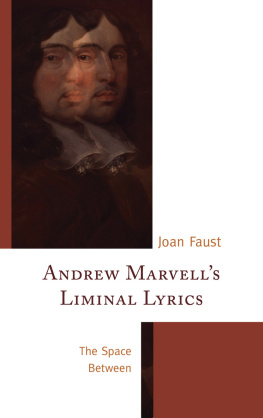
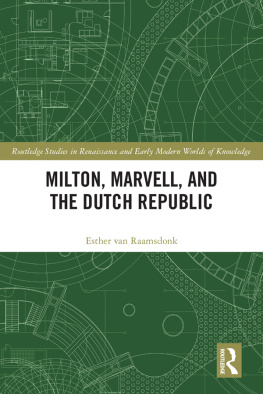

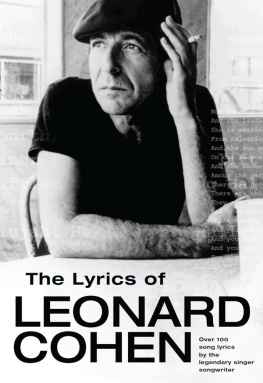
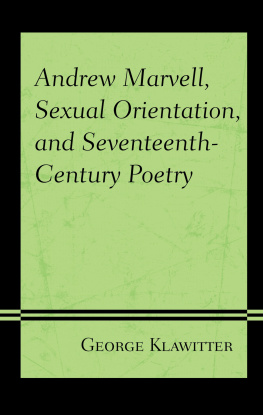
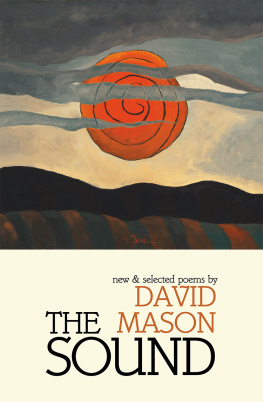
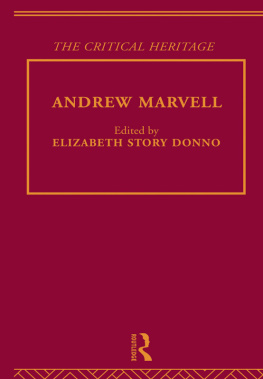
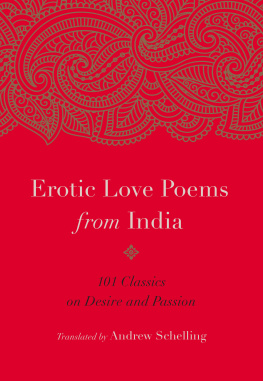


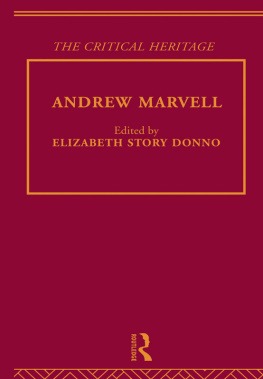
 The paper used in this publication meets the minimum requirements of American National Standard for Information SciencesPermanence of Paper for Printed Library Materials, ANSI/NISO Z39.48-1992.
The paper used in this publication meets the minimum requirements of American National Standard for Information SciencesPermanence of Paper for Printed Library Materials, ANSI/NISO Z39.48-1992.

